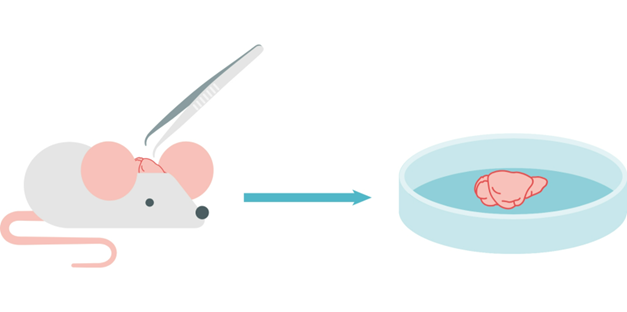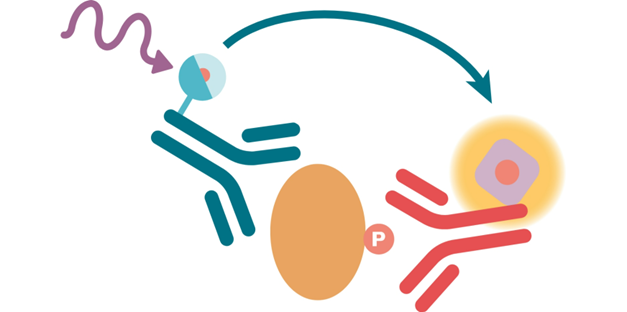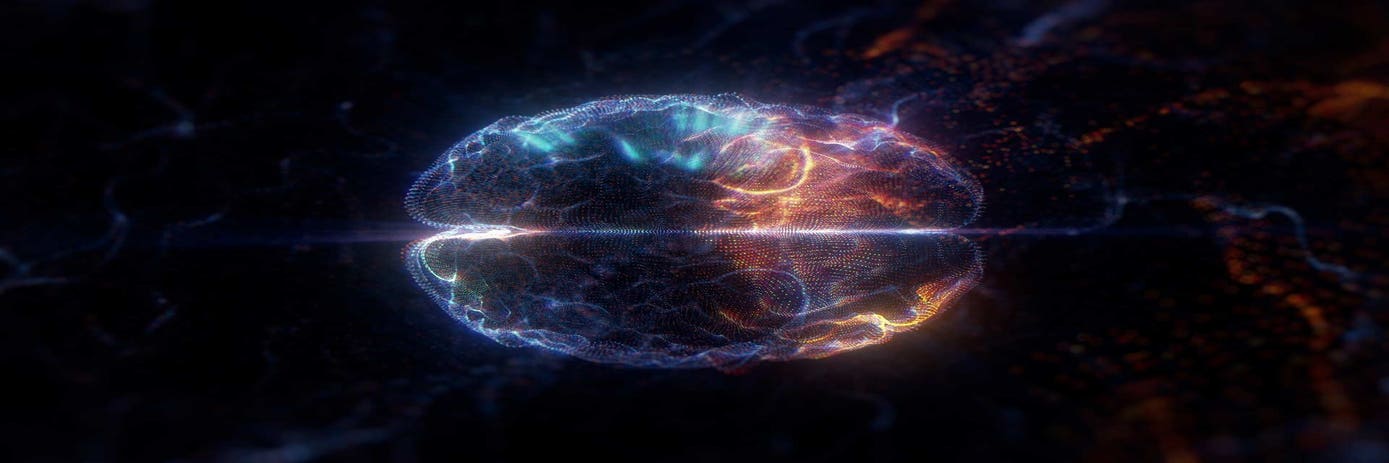
Familiar with cutting tails, tagging mice, genotyping, and finally ending up with a few mice of interest?
The cost in terms of time and effort is significant just to reach that point, before you’re even ready to carry out your phospho assay experiment

Studying neuroscience can be a real thrill. There is so much to discover and so many questions to answer. Not only that, but recent technologies enable you to gain new insight into the field. You could be obtaining great results and getting close to publishing the paper of your life! On the other hand, maybe your phospho assay is not as strong as it should be and remains the missing piece of the puzzle.
To help you resolve this situation, Revvity prepared a technical note to guide you towards the best possible brain sample and optimal results.
Prepare brain lysate
Start by dissecting the animal to extract the precious brain, a very fragile organ. Pay careful attention not to crush it or damage it any way. The sample can be frozen at -80°C for storage and then thawed for your experiment.
Then lyse the tissue, centrifuge it, and collect the soluble portion.

Schematic representation of a fresh brain sample extraction with a large curved serrated
Determine optimal working protein concentration
Differences between samples are not directly detectable and can cause frustration. To avoid wasting time and energy, protein concentration must be optimized to ensure accurate results. The signal must be sufficient, while remaining within the assay’s linear range. The first step is to determine the initial protein concentration of each sample. You have three options for this. Their names are Bradford, Lowry, and Biuret.
It’s time to show your talent as a master of calibration solution sets!

Set all your samples at the same concentration to normalize them. This will enable you to compare results between each sample (control sample and treated samples). Then, prepare serial dilutions of sample lysate before moving on to the assay.
Perform HTRF assay
HTRF™ is a reliable and accurate method for performing phospho-assays. It offers several advantages over other technologies, including measuring emissions at 620nm and 665nm, and reducing well-to-well variation. Also, it only takes one hour to run, compared to almost a full day for western blot!
Click to find out more about HTRF™.

HTRF principle
For research use only. Not for use in diagnostic procedures
The information provided above is solely for informational and research purposes only. The information does not constitute medical advice and must not be used or interpreted as such. Consult a qualified veterinarian or researcher for specific guidance or use information. Revvity assumes no liability or responsibility for any injuries, losses, or damages resulting from the use or misuse of the provided information, and Revvity assumes no liability for any outcomes resulting from the use or misuse of any recommendations. The information is provided on an "as is" basis without warranties of any kind. Users are responsible for determining the suitability of any recommendations for the user’s particular research. Any recommendations provided by Revvity should not be considered a substitute for a user’s own professional judgment. Users are solely responsible for complying with all relevant laws, regulations, and institutional animal care and use committee (IACUC) guidelines in their use of the information provided.

































